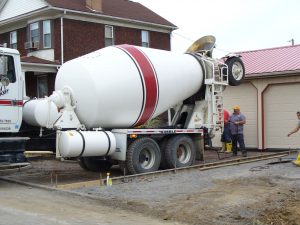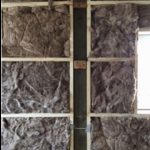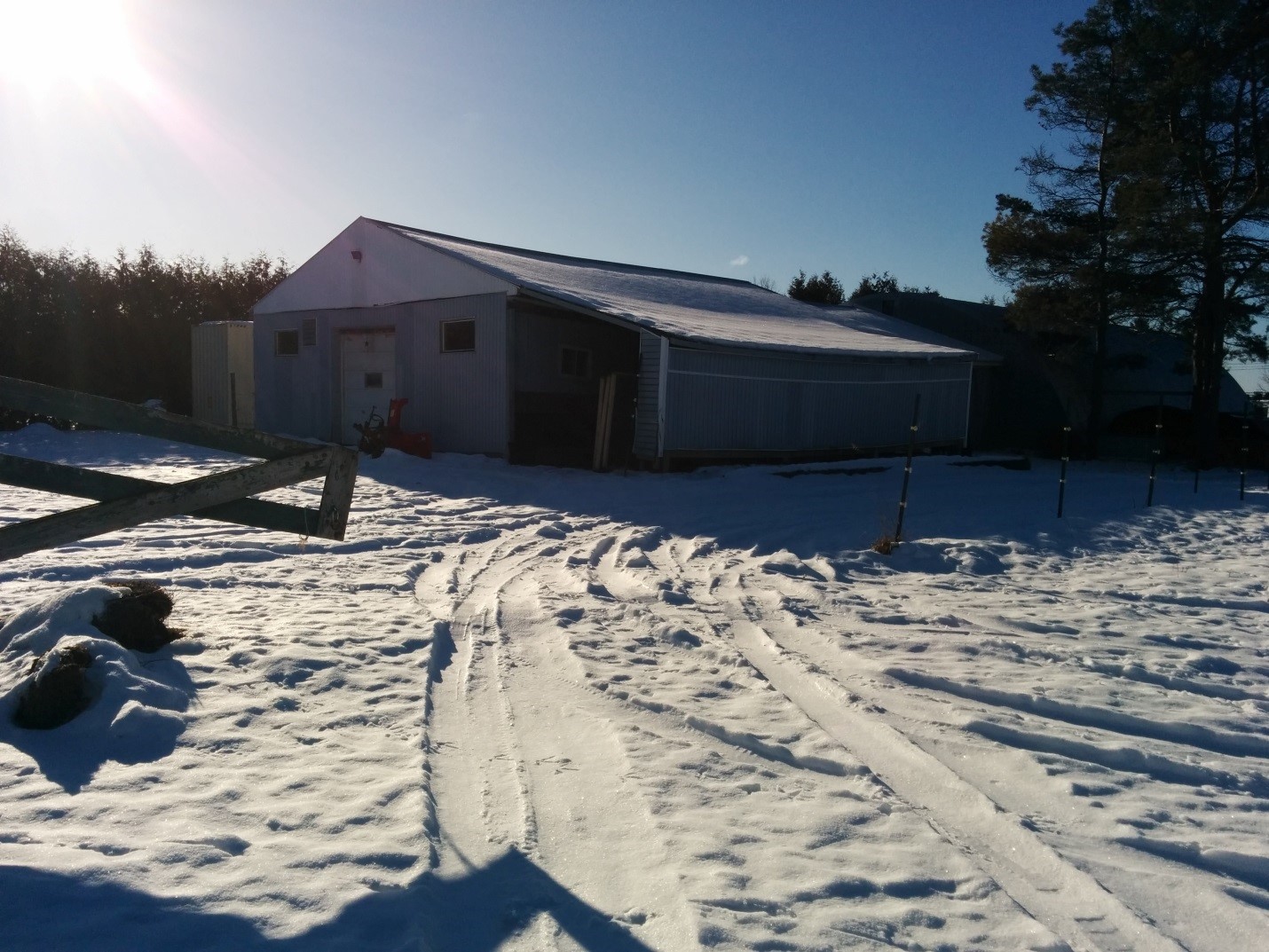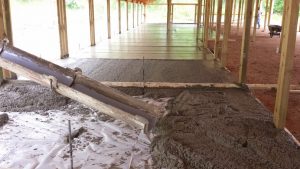How appropriate to have the following question asked after having just written recently about screeding concrete!
DEAR POLE BARN GURU: Why does the concrete pad get poured at a level below the top of the bottom skirt board? If I bring the concrete level with the top, it is easier for to skreet level, plus I would not have to cut out the board for the walk in door. I know I would have to raise the height of the walk in door opening. Plus, why do you lay a board horizontal at the walk in door opening, instead of just having concrete there as well? Thanks, SAM IN PORT ORCHARD
DEAR SAM: When I was the most prolific post frame building contractor in the Inland Pacific Northwest in the 1990’s I had a building crew do exactly what you proposed. Our erection crew had contracted, on their own, with the client to fine grade finish the concrete floor not far from our office. I happened to have personally seen the jobsite not long before construction began, so I knew it had been well prepared and was very close to being level.
In the agreement made between the building owner and the contractor, the building owner was responsible for providing adequate fill for the pour. Knowing the site as I did, the client could imagine more than a few yards of gravel being required, at the most. The client was more than surprised to get a bill after the floor was poured which included nearly 20 yards of gravel for his 30 foot by 40 foot building. Scratching his head, the building owner asked if I would stop by to try to ascertain what had gone awry.
Instead of just snapping a chalk line 3-1/2 inches up from the bottom on the inside of the 2×8 pressure treated splash plank, or nailing a pressure treated 2×4 to the inside of the splash plank to screed off of, the crew had ordered two truckloads of gravel which they used as fill to bring the floor inside of the building up another 3-3/4 inches!
I hated to break the news to our client – he was going to have more costs and challenges, beyond the extra $400 he hadn’t expected to spend on gravel.
The top of the slab inside of his building was now 7-1/4 inches higher than the grade outside. In order to pour an approach, apron or driveway, more fill was going to have to be brought in.
Around the outside of the building, at the bottom of the wall steel, is a piece of flashing called base trim. This flashing caps off the bottom of the steel ribs and therefor is sometimes referred to as mouse or rat guard. The lowest point of this trim is on the outside edge of the drip leg, which is placed at four inches above grade.
 Properly done, driveways, door aprons and sidewalks can be poured to 3-1/2 inches thick alongside the building and the concrete floor will not cover any of the wall steel or trim. In the case of our client, this would create a “step” going in and out of the building, or the steel would need to be cut away in areas of conflict.
Properly done, driveways, door aprons and sidewalks can be poured to 3-1/2 inches thick alongside the building and the concrete floor will not cover any of the wall steel or trim. In the case of our client, this would create a “step” going in and out of the building, or the steel would need to be cut away in areas of conflict.
The mysterious “horizontal board”.
At areas where entry doors are to be located, a piece of the pressure treated splash plank is cut out the width of the door with its jambs, down to 3-1/2 inches above grade. The cut out portion of splash plank is they rotated 90 degrees, so it is laid flat behind the remaining portion of the splash plank and nailed securely in place.
Why?
Because, not every client pours a concrete floor immediately following construction of their building shell. This extra mystery board provides reinforcement for the threshold of the entry door, until the concrete is in place. As it is pressure preservative treated, it can be left in place permanently.









